The network of punk houses that thrived in Oakland and Berkeley in the late ’90s and early 2000s was the result of a perfect storm. Large rentable homes in ungentrified neighborhoods. Gangs of scrappy, creative kids who didn’t mind sleeping three to a room. Plus, of course, a punk scene that was still dominating Bay Area music. The conditions were ripe to create a much-treasured moment in time for everyone who went through those houses.
‘Punk House Oakland’ Captures a Bay Area Subculture Like Never Before
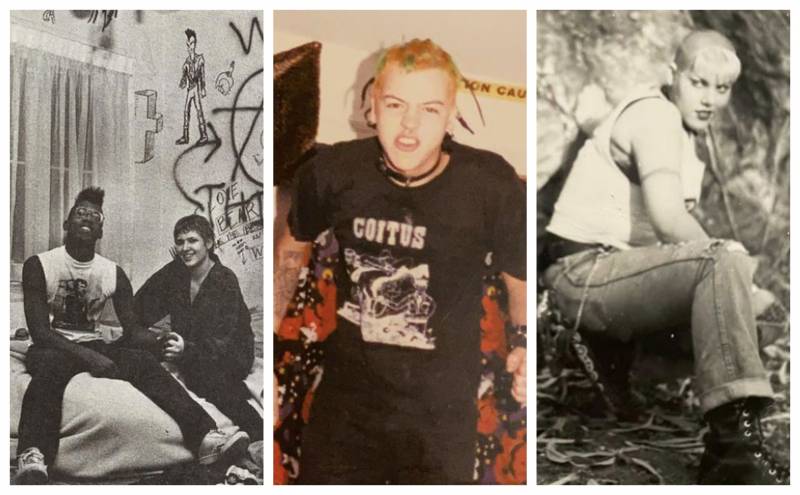
For many folks who lived in and frequented them, punk house memories now are nebulous—misty snapshots of sights, smells, fights and oh-so-many feelings. The scraps likely piece together into a fairly short mental highlights reel. Because not only did everything happen pre-camera phone and before social media, punks on a budget just didn’t take many photos back then. (You had to pay to get them developed, after all.)
But on March 6, that changed. After digging out old photos for a friend’s birthday, Elizabeth Whitney—herself an occupant of three different East Bay punk houses in the ’90s and 2000s—decided, on a whim, to throw some pics up online. “I just thought, ‘God,’” Whitney tells KQED Arts, “‘I get to look at all these awesome pictures all the time and the people that are in them don’t get to share them with me.’ So I went on a three-hour late-night bender of loading them all.”
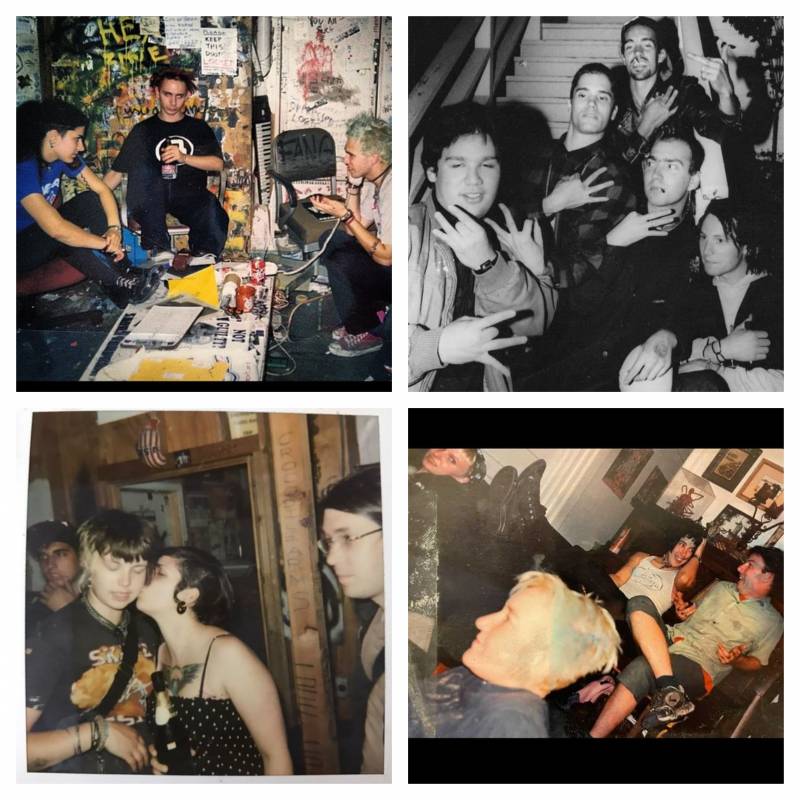
Whitney started a brand new Instagram account she decided to call, simply, @PunkHouseOakland. Within a few hours and a handful of tags, the new account wasn’t just being warmly received, it was blowing up. Whitney was quickly bombarded with photos from other former punk house kids. Some were old friends, some were strangers. It didn’t matter. Despite the years since the punk house peak, and the dispersal (and many deaths) of people in the scene, the DIY collective mentality of old quickly sprang back to life.
In the weeks since, Whitney—who now owns and runs a pilates and yoga studio in Brooklyn—has received so many hundreds of photos to share, she’s currently struggling to clear the backlog of submissions.
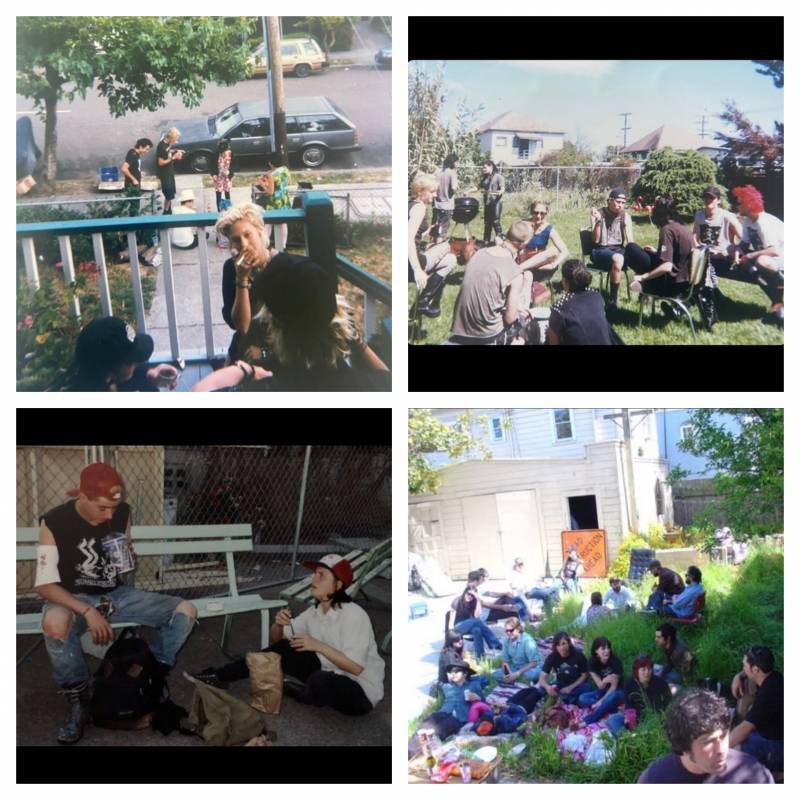
“It’s been truly joyous and incredible to witness,” she says. “To have other people fill in the gaps of my memory, to have us celebrate and tell stories about each other—it’s been really reparative and healing. And so many people have reached out saying the same thing—that they’ve found people they thought they lost, or they healed some old wounds, or reconnected in some way.”
“Also,” Whitney continues, “in this time where physicality or intimacy with a large group of people is a really scary thing, there is, like, a deep yearning ache inside me when I look at how close we were. I can’t imagine I’m the only one. [We were all] just kissing, and on top of each other, and laying around holding each other, and dancing.”
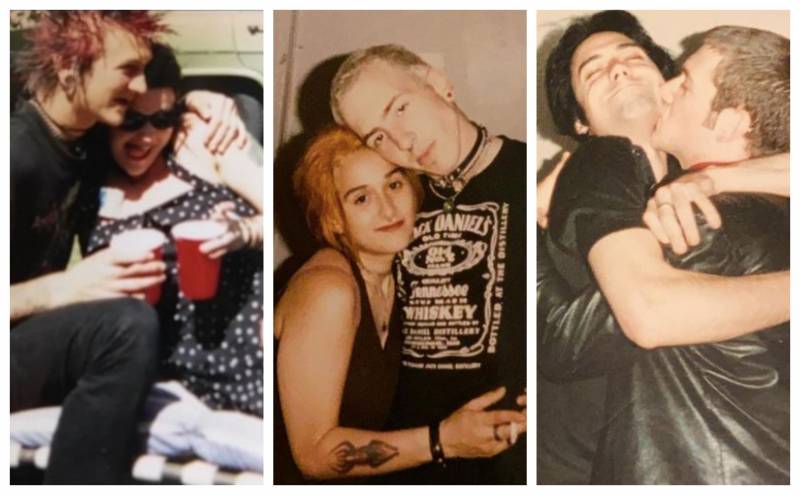
“We were so deeply alive,” Whitney says. “In our suffering, in our love for each other, in the things we were creating, in the things we despised. Just so, so much passion. And basically just trying to live life like it was our last day on Earth, every single day.”
In true punk rock fashion, Whitney doesn’t edit any of the content she receives. She just throws up the photos and asks followers to tag the people they recognize. Together for the first time, these photos act as a time machine for those who were there. And for those who weren’t, the collection offers a look inside punk houses—a lifestyle almost impossible to completely convey with just words.
“For me, seeing a true punk house for the first time, it was just mayhem,” Whitney recalls. “People lived under stairs, in the laundry room, in shacks out back, in vans in the driveway, it was just jam-packed. So many people and constant rotation of out-of-town travelers. I cannot overstate how in love I was with the scariness, craziness and feral wildness that existed in everyday life. Just complete wide-eyed wonder and awe that you could live this way, with no rules.”
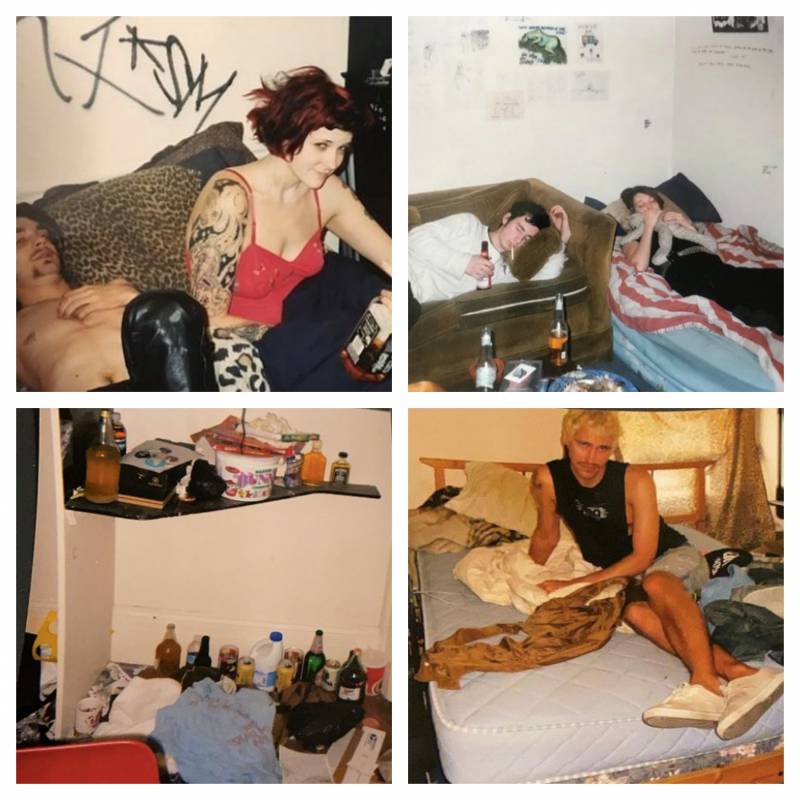
As expected with a scene rooted in punk, music looms large across the pictures pouring in. Photos include backyard and basement shows, and a multitude of underground bands, local and otherwise. You can spot members of Green Day, AFI, Pinhead Gunpowder, Screw 32, Avail, Los Crudos, One Man Army, The PeeChees, Black Fork, Talk is Poison, The Criminals, El Dopa, Defiance, The Enemies, Behead the Prophet, The Shattered, Logical Nonsense and many more.
Sometimes, it’s the more obscure bands that are the most fun to look back on.
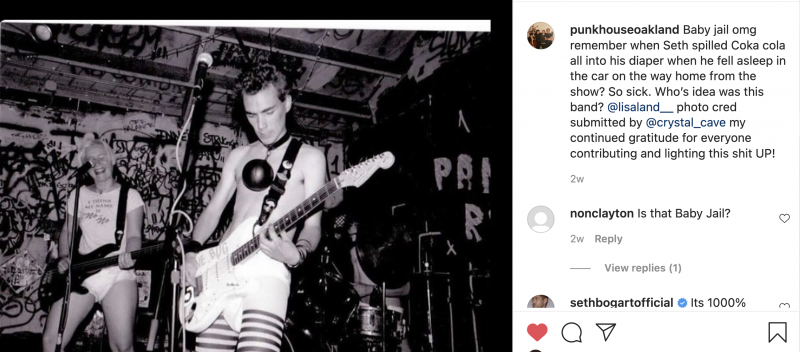
But the account is just as likely to include photos of scene kids carving pumpkins, doing each other’s hair, chilling with pets (including baby raccoons!), hanging on the front porch, in the backyard, and also playing dress up. (There is a lot of dress up.) One photo recently emerged of a bunch of punks working in a call center, all lined up in cubicles. (Whitney says “75% of all punks in the Bay” worked in telemarketing at the time.)
It’s impossible to tell the story of Oakland punk houses, however, without including the fact that this was a scene in which a lot of people died way too young. Whitney handles this simply but effectively, by including an ‘RIP’ next to anyone in the photos who’s no longer alive.
“Maybe this was punk everywhere,” Whitney explains, “but Oakland punk houses were, for the most part, made up of people that maybe had experienced some not great things in our early lives. We were coming together in some sort of sleep-away camp orphanage to create our own families, with our own rules and morals and infrastructures. And within those structures, there was a sense of being allowed to be what you were.”
“But in that scene,” she continues, “there just wasn’t an infrastructure for aging, or getting older in a tenable way that looked cool, where we could all stay together. No one knew how to do it. A lot of people partied too hard, and it was really intense. I think a lot of people didn’t know how to stay in the scene and not self-destruct.”
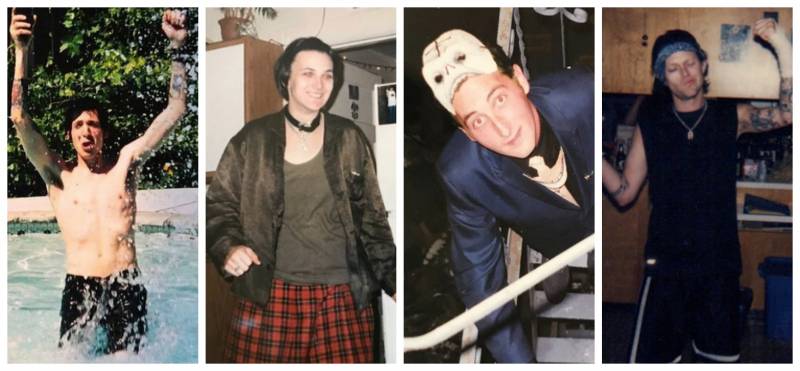
The heightened sense of mortality also influenced Whitney’s desire to start the account. “I wanted us not just to celebrate and tell stories at funerals,” she says. “I want the people I love and admire, and the people that touched my life in some way—I want them to know it. And I’m watching that spread now in just the raddest way.”

Punk House Oakland can be found on Instagram and is accepting photo submissions on an ongoing basis. It has already inspired a spin-off account—@punkhousechicago—and Elizabeth Whitney hopes it will inspire more.

